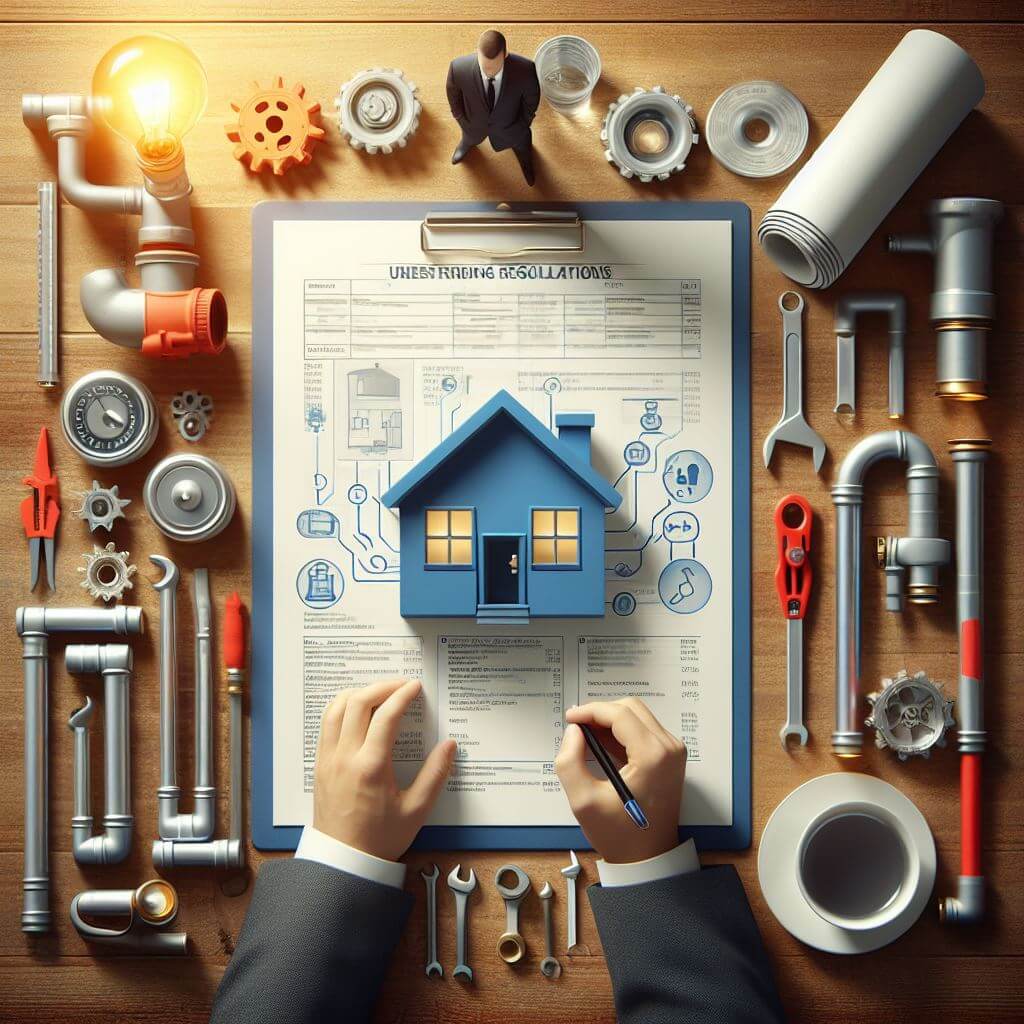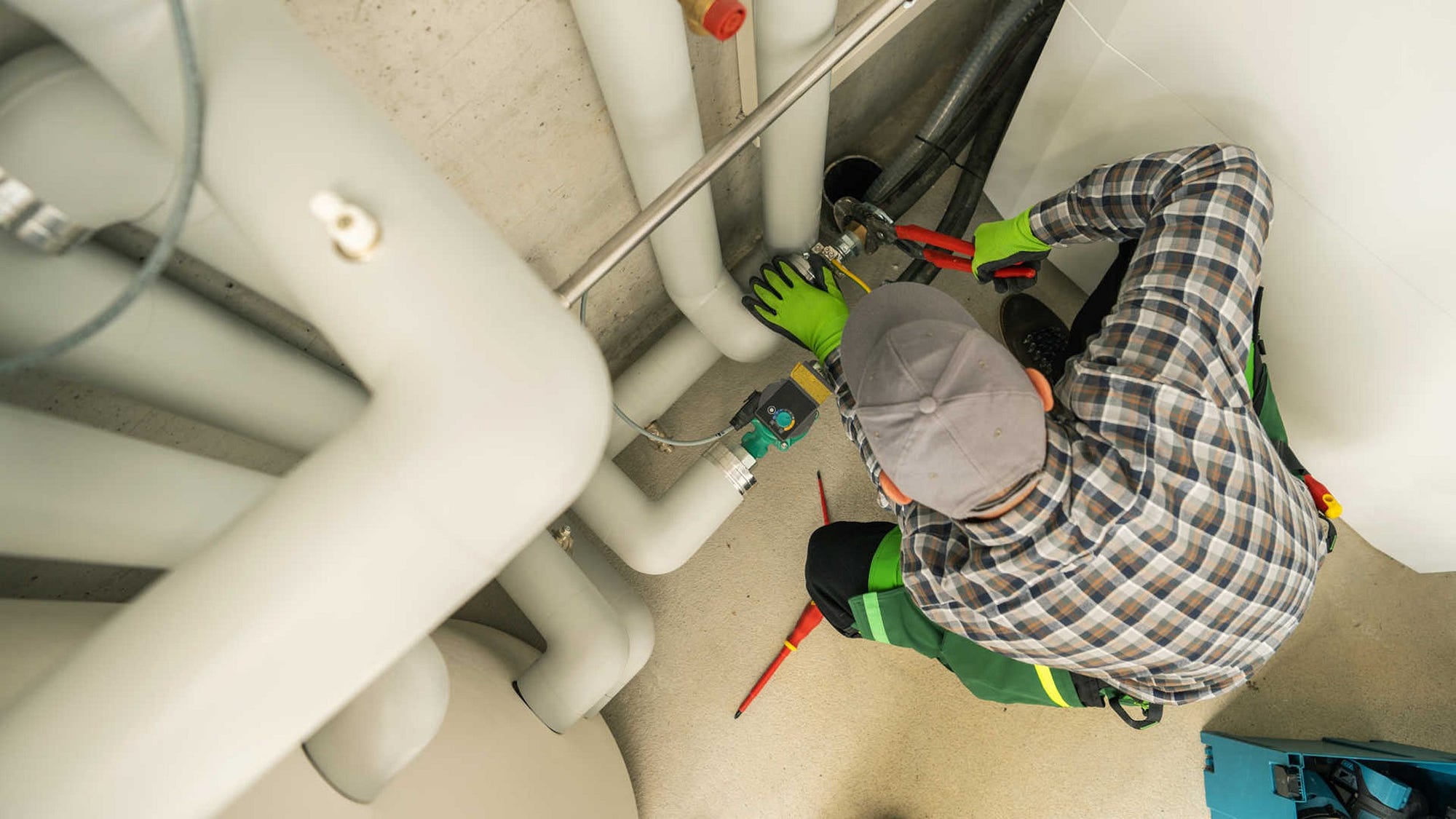Discovering the Essentials of Home Plumbing: A Beginner's Introduction
CallJust about everyone has his or her own way of thinking with regards to Understanding the Basics of Your Home's Plumbing System.

Plumbing is an important facet of any home, in charge of supplying clean water for alcohol consumption, cooking, and showering, as well as eliminating wastewater securely. Understanding the basics of home plumbing is crucial for every property owner to make sure proper maintenance, troubleshooting, and, if required, repairs. In this novice's guide, we'll cover the essential concepts of home plumbing to help you end up being a lot more aware of just how it functions.
Supply Of Water System
The water system system brings clean water into your home from a metropolitan water source or an exclusive well. It includes a main water line that connects to your home's plumbing system, usually situated underground. A water meter gauges the amount of water eaten, while a shut-off shutoff permits you to manage the flow of water into your home.
Plumbing Fixtures
Plumbing components are devices that deliver water to numerous parts of your home and consist of sinks, faucets, toilets, showers, bathtubs, and appliances such as dishwashers and cleaning equipments. Each component is connected to the water system by means of pipes and fittings and might have its shut-off valve for upkeep or emergencies.
Water Heater
The water heating unit is in charge of heating water for domestic use, including showering, food preparation, and cleaning. Usual kinds of hot water heater include tank-type water heaters, tankless (on-demand) hot water heater, and heat pump water heaters. The hot water heater is attached to the supply of water system and provides hot water to plumbing fixtures as required.
Drainage System
The drainage system gets rid of wastewater from your home and lugs it away to a sewer treatment center or septic system. It includes a network of pipes, fittings, and components that move wastewater from plumbing fixtures to the major drain line or sewage-disposal tank. Proper water drainage is necessary to stop blockages, backups, and sewer leakages.
Ventilation System
The air flow system aids preserve appropriate atmospheric pressure and stop sewer gases from entering your home. Air vent pipes, additionally known as air vent stacks, expand from plumbing components to the roof, allowing drain gases to get away securely outside. Air flow pipelines additionally permit air to go into the drain system, assisting in smooth wastewater circulation and protecting against suction or vacuum impacts.
Usual Plumbing Devices
Having the right devices handy is important for carrying out basic plumbing fixings and maintenance jobs. Usual plumbing tools consist of flexible wrenches, pipe wrenches, pliers, pipeline cutters, hacksaws, plungers, augers (or drainpipe snakes), and Teflon tape. Having these devices easily offered can help you take on small plumbing problems successfully.
Fundamental Plumbing Repair Work
While some plumbing repair work might need expert support, many typical issues can be addressed with basic do it yourself strategies. Knowing how to take care of a leaky faucet, unblock a drainpipe, change a toilet flapper, or repair a trickling showerhead can conserve you time and money on plumbing repairs.
Verdict
Comprehending the fundamentals of home plumbing is important for each home owner to maintain a secure, useful, and effective plumbing system. By acquainting yourself with the water system, plumbing fixtures, water drainage system, air flow system, common plumbing tools, and standard repair services, you can with confidence resolve small plumbing problems and ensure your home's plumbing system runs smoothly.
Plumbing for Beginners: A Comprehensive Guide
If you’re a beginner when it comes to plumbing, don’t worry; you’re not alone. Plumbing may seem intimidating, but with the right knowledge and a little practice, you can handle many common plumbing issues on your own. In this comprehensive guide, we will demystify the world of plumbing for beginners, providing you with the basic knowledge and skills needed to tackle common plumbing problems and even take on some DIY plumbing projects.
The Importance of Basic Plumbing Knowledge for Beginners:
First and foremost, basic plumbing knowledge gives you a solid foundation. It helps you grasp the key concepts and terminology that are essential in this field. By learning the basics, you’ll be able to build upon that knowledge and tackle more complex plumbing tasks in the future.
Having a basic understanding of plumbing also enables you to handle common issues that may arise in your home. Picture this: a leaky faucet or a clogged drain. With some basic plumbing knowledge, you’ll have the confidence to troubleshoot and fix these problems on your own. It saves you from unnecessary expenses and the hassle of waiting for a professional to arrive.
As a beginner, learning the basics of plumbing empowers you to take care of your own home. It gives you a sense of independence and self-reliance. You’ll no longer have to rely solely on professionals for every small issue that pops up. Instead, you can handle many tasks yourself, saving time and money in the process.
Remember, everyone starts as a beginner. Embrace the learning process and take small steps to expand your plumbing knowledge. There are plenty of online resources, tutorials, and even local workshops that talk about plumbing for beginners.
Essential Tools for Plumbing for Beginners
As you start your plumbing journey, having the right tools in your toolbox is crucial. Let’s explore some of the must-have tools:
Adjustable Wrench:
This versatile tool is a staple in any plumber’s toolbox. It allows you to tighten or loosen nuts and bolts of various sizes. Make sure to have an adjustable wrench with a comfortable grip.
Pipe Wrench:
A pipe wrench is specifically designed for gripping and turning pipes. It has serrated jaws that provide a strong grip, making it easier to loosen or tighten threaded pipes and fittings.
Plunger:
The plunger is a simple yet effective tool for clearing clogged drains and toilets. It creates suction when you push and pull, helping to dislodge blockages. Keep a good-quality plunger handy for those unexpected clogs.
Pipe Cutter:
When it comes to cutting pipes, a pipe cutter is your go-to tool. It creates clean, precise cuts without damaging the pipe. Look for a pipe cutter that can handle the pipe sizes you’re working with.
Hacksaw:
A hacksaw is useful for cutting through pipes, screws, and other materials. It’s a versatile tool that can handle different cutting tasks. Remember to use a blade suitable for cutting metal.
Tape Measure:
Accurate measurements are crucial in plumbing. A tape measure allows you to measure pipe lengths, distances, and dimensions accurately. Opt for a sturdy tape measure that extends a good length.
Pliers:
Pliers come in handy for various tasks, such as gripping, bending, and cutting. Slip-joint pliers with adjustable jaws are great for gripping pipes, nuts, and bolts.

We were made aware of that write-up about How Does the Plumbing Work in Your Home? through a good friend on a different domain. Are you aware of somebody else who is inquisitive about the subject? Feel free to share it. Thank-you for going through it.
Book With Us Today!